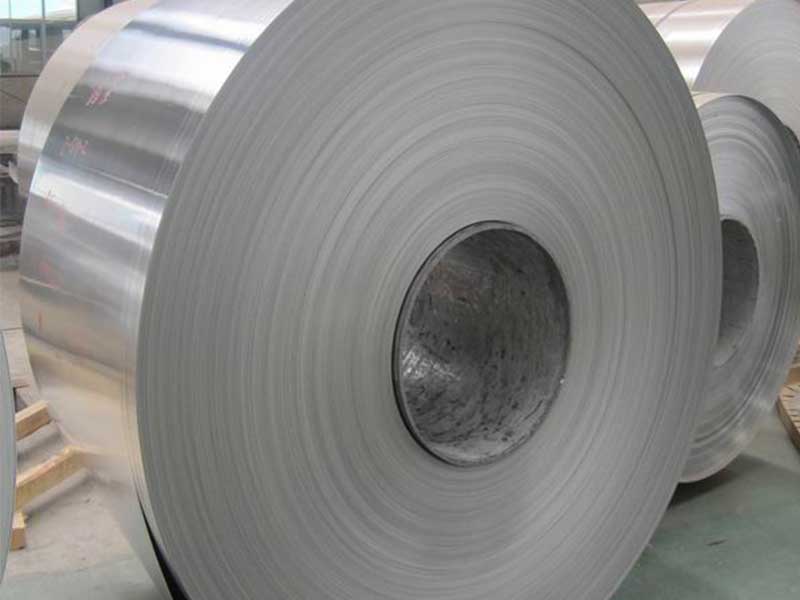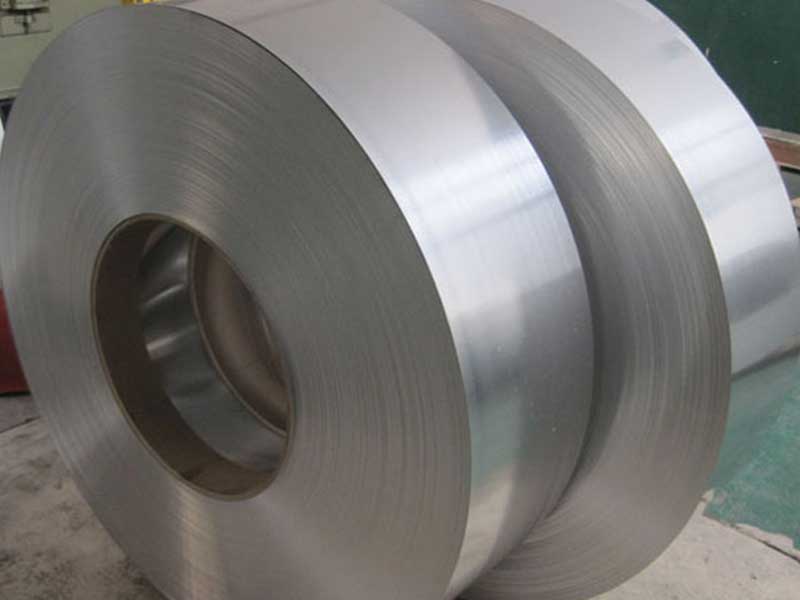1050 aluminium strip for channel letter
When it comes to the fabrication of channel letters—those eye-catching, three-dimensional signs commonly seen on storefronts—choosing the right material is pivotal. Among a range of options, the 1050 aluminium strip emerges as a standout choice.
What Makes 1050 Aluminium Strip Special?
1050 aluminium is a commercially pure aluminium alloy — over 99.5% aluminium content — categorized under the 1xxx series. This simplicity in composition confers characteristics such as excellent corrosion resistance, formability, and good workability.
Many artisans and fabricators appreciate 1050 aluminum strip for channel letters because it combines ease of shaping with durable performance. This means it can be easily bent, folded, or rolled to create intricate letter forms without compromising the structural integrity needed outdoors.
Chemical Properties and Temper Designations
what constitutes the 1050 grade aids in appreciating its suitability:
| Element | Content (%) |
|---|---|
| Aluminium (Al) | ≥ 99.5 |
| Iron (Fe) | ≤ 0.4 |
| Silicon (Si) | ≤ 0.25 |
| Copper (Cu) | ≤ 0.05 |
| Manganese (Mn) | ≤ 0.05 |
| Magnesium (Mg) | ≤ 0.05 |
| Zinc (Zn) | ≤ 0.05 |
| Titanium (Ti) | ≤ 0.03 |
| Others | ≤ 0.03 each, total ≤ 0.1 |
Because the alloy lacks significant quantities of elements such as copper or magnesium, it is not strengthened by heat treatment but rather by cold working — denoted in temper codes such as O (annealed), H14 (strain-hardened), and H24, fitting well with flexibility and moderate strength requirements in sign-making applications.
Mechanical Properties
Typical mechanical properties, varying by temper, often fall within the following ranges for 1050 aluminium strips:
| Temper | Tensile Strength (MPa) | Yield Strength (MPa) | Elongation (%) |
|---|---|---|---|
| O | 40–55 | 20–35 | >35 |
| H14 | 70–95 | 50–80 | 10–15 |
| H24 | 90–110 | 70–95 | 7–11 |
For channel letters, a balance between strength and flexibility is critical — H14 temper often serves well, providing moderate strengthening along with good formability.
Why Does 1050 Aluminium Strip Excel in Channel Letter Fabrication?
FormabilityChannel letters require aluminum strips to be cut, bent into precise shapes, and sometimes subjected to riveting or welding without cracking. 1050 aluminium's inherent ductility means craftsmen can work with it over repeated forming operations, creating sharp corners or gentle curves.
Corrosion ResistanceOutdoor signs face diverse weather conditions — rain, sun exposure, pollution, sometimes even salty coastal air. The high aluminium purity forms a natural oxide layer, protecting the sign’s structure from severe degradation over time. Compared to higher-strength alloys with copper or zinc, 1050 experiences significantly better corrosion resistance.
Aesthetic VersatilitySince 1050 aluminium is electrically conductive and anodizes beautifully, signs fabricated from its strips can be easily finished with anodized coatings. Anodizing not only enhances corrosion resistance but adds vibrant surface coloring with uniform appearance, ensuring channel letters dazzle and remain vibrant year after year.
Lightweight ConstructionLight sign letters reduce mounting hardware needs, installation labor, and budget — 1050’s low density (about 2.71 g/cm³) contributes to maintaining a manageable weight while producing robust forms that withstand wind loads or incidental impacts.
Meeting Industry Standards and Specifications
1050 aluminium strips used in signage should comply with recognized standards such as:
- ASTM B209 - Standard specification for aluminium and aluminium-alloy sheet and plate.
- EN 573-3 - Aluminium and aluminium alloys — Chemical composition and forms.
- GB/T 3190 - Chemical compositions of aluminium alloys (Chinese standard, often used globally with adaptations).
Specifications typically include strip thickness options from 0.2 mm up to 1.5 mm, widths according to design needs, and precise temper for enhanced formability or strength.
Best Practices for Using 1050 Aluminium Strips in Channel Letters
- Material Handling: Avoid bending in the same location multiple times to prevent fatigue and eventual cracking.
- Cutting Techniques: Shearing or CNC cutting can produce clean edges — avoid methods that cause excessive heat buildup which may warp the material.
- Surface Preparation: Pre-treatment with degreasing and suitable primers before paint or anodizing ensures better finish adhesion.
- Joining Methods: Riveting or using specialised aluminium adhesives is preferred over traditional welding since the temper material is not heat treatable, and heat exposure affects mechanical properties.
https://www.al-alloy.com/a/1050-aluminium-strip-for-channel-letter.html



